Search Images
Browse Content (p. 1372)
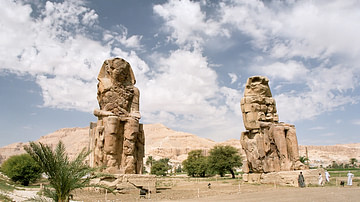
Image
Colossi of Memnon, Luxor
The Colossi of Memnon. Amenhotep III (1386-1353 BCE) commissioned them to stand guard over his mortuary complex at Luxor, Egypt. They are seventy feet high (21 metres), each weighing seven hundred tons.
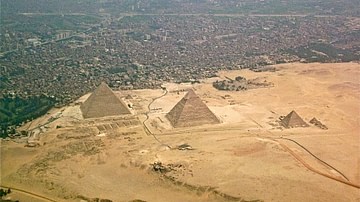
Image
The Pyramids of Giza, Aerial View
The Pyramids of Giza, Egypt. The earliest and largest is the Great Pyramid built by Khufu (2589-2566 BCE) and one of the Seven Wonders of the Ancient World.
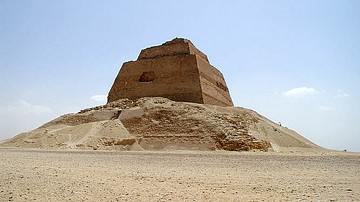
Image
Meidum Pyramid
The Meidum Pyramid, Egypt, built for and during the reign of the first king of the 4th Dynasty, Sneferu (c. 2613-2589 BCE). It is the earliest Egyptian 'true' pyramid.
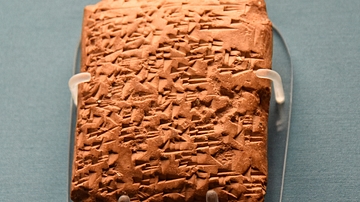
Image
Amarna Letter from Abdi-Tirshi
This clay tablet is part of the Amarna letters. This letter was sent from Abdi-Tirshi (King of Hazor) to Amenhotep III or Akhenaten. Abdi-Tirshi reassures the pharaoh that he is loyal and is keeping his cities in good order. The letter was...
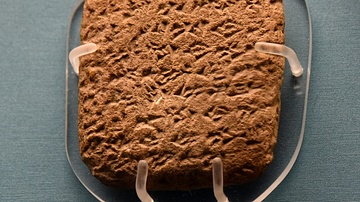
Image
Amarna Letter from Shipti Ba'al of Lagash
This clay tablet is part of the Amarna letters. This letter was sent from Shipti Ba'al, who reassures the Egyptian pharaoh of his loyalty. The letter was written in Babylonian cuneiform inscriptions. 14th century BCE. From Tell el-Amarna...
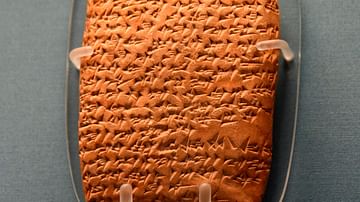
Image
Amarna Letter from Biridiya
This clay tablet is part of the Amarna letters. This letter was sent from Biridiya (King of Megiddo) to the Egyptian pharaoh Amenhotep III or Akhenaten. Biridiya accuses the King of Acco of treachery by releasing the captured Hapiru leader...
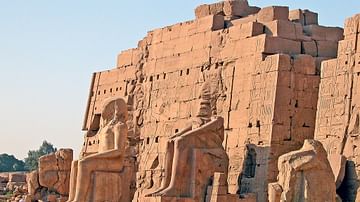
Image
Hatshepsut's Temple, Karnak
Hatshepsut's temple at Karnak, Thebes with a colossal statue of Amenhotep I. Limestone, 15th century BCE.
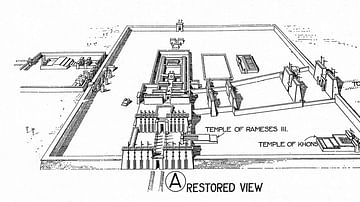
Image
Temple of Amun Plan, Karnak
A plan of the Temple of Amun and other temples at Karnak, Thebes. c. 1312–1235 BCE.
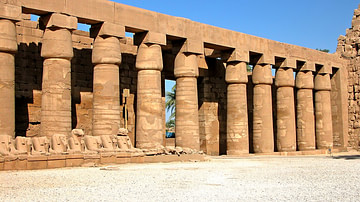
Image
Temple of Amun, Karnak
The first courtyard of the Temple of Amun, Karnak. It measures 84 x 99 metres and was built during the 22nd Dynasty rule of Sheshonk I (Shoshenq I).
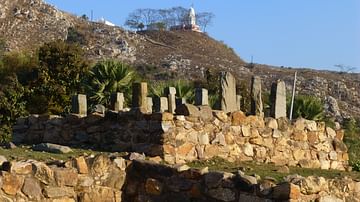
Image
Remains of Ajatashatru's stupa
The remains of the stupa that Ajatashatru built. 4th century BCE, Rajgir, Bihar, India